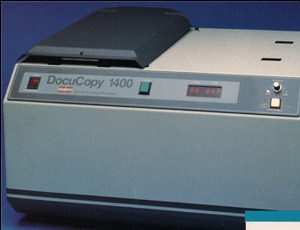Since the 1950s, Digital Check has been engineering and inventing high-tech answers to challenges in optics and precision image capture. We’re now in our sixth decade of working with cameras, projectors, images and digitization. Scroll through the gallery below to learn about some of the most interesting projects we’ve worked on, and click on individual items to read the full story.
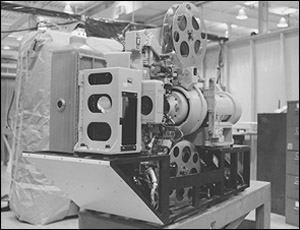
Early flight simulators used film projectors and optical tricks to re-create the experience of piloting fighter jets on pre-programmed “missions.” To achieve believable acceleration, banking, and turning, the Air Force needed a projector that could stop on a dime and change speeds on the fly. Our high-speed projector was the first of its kind, capable of starting and stopping 5,000 times per minute with frame-perfect accuracy – making it the perfect match for training pilots, and eventually astronauts, sea captains and mine operators as well.
You’ve seen the breathtaking first photos of Venus and Mars sent back by NASA’s space probes in the 1970s, but they didn’t arrive on Earth looking that way. Before the age of hard drives and .jpg files, images were beamed back from space as zeroes and ones captured on reels of magnetic tape, then had to be converted to physical form. Our EOM Model 505 camera was custom-built for the purpose, holding film in place with a precision measured in ten-thousandths of an inch during the delicate transfer process.
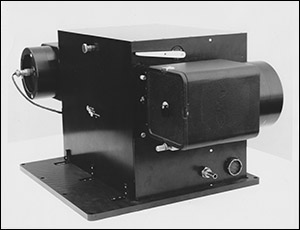
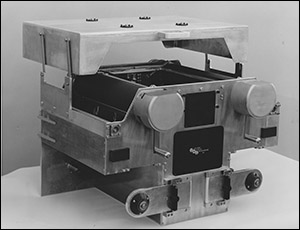
You’ve seen the breathtaking first photos of Venus and Mars sent back by NASA’s space probes in the 1970s, but they didn’t arrive on Earth looking that way. Before the age of hard drives and .jpg files, images were beamed back from space as zeroes and ones captured on reels of magnetic tape, then had to be converted to physical form. Our EOM Model 505 camera was custom-built for the purpose, holding film in place with a precision measured in ten-thousandths of an inch during the delicate transfer process.
The high-speed projectors we made for Air Force flight simulators also found a home in Hollywood, where they proved extremely useful for editing movies in pre-production. With many takes of each scene captured from several different camera angles, sorting through all the footage at normal speed was a nightmare for directors. Since it was able to skip ahead or rewind quickly and with pinpoint accuracy, our projector was ideal for the purpose. RCA Burbank Studios sold them throughout the film industry for many years.
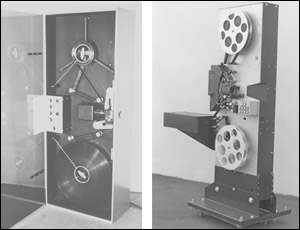
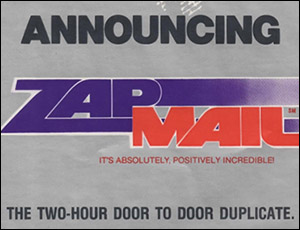
In the early 1980s, FedEx set out to bring faxing to the masses with its Zapmail service. But high costs and technical problems – including a canceled satellite launch following the space shuttle Challenger disaster – doomed the project as a high-profile failure.
But unbeknownst to most, Digital Check’s predecessor ICT rescued the Zapmail machines from the boneyard and rebuilt them into some of the world’s first high-speed document scanners, a handful of which remained in service well into the 21st century.
Before the .PDF file, microfilm was the standard method of preserving important documents, and the way to do it was to point a camera at the paper, take a picture, then take out the film and convert the image to microfilm. The DocuCopy system was the first commercially available machine that could do the entire process from paper to microfilm at once. About the size of an early photocopier, the device would take an original document and output it as microfilm within seconds. Board members at 3M were so impressed by a demonstration of the device that they commissioned it on the spot.
